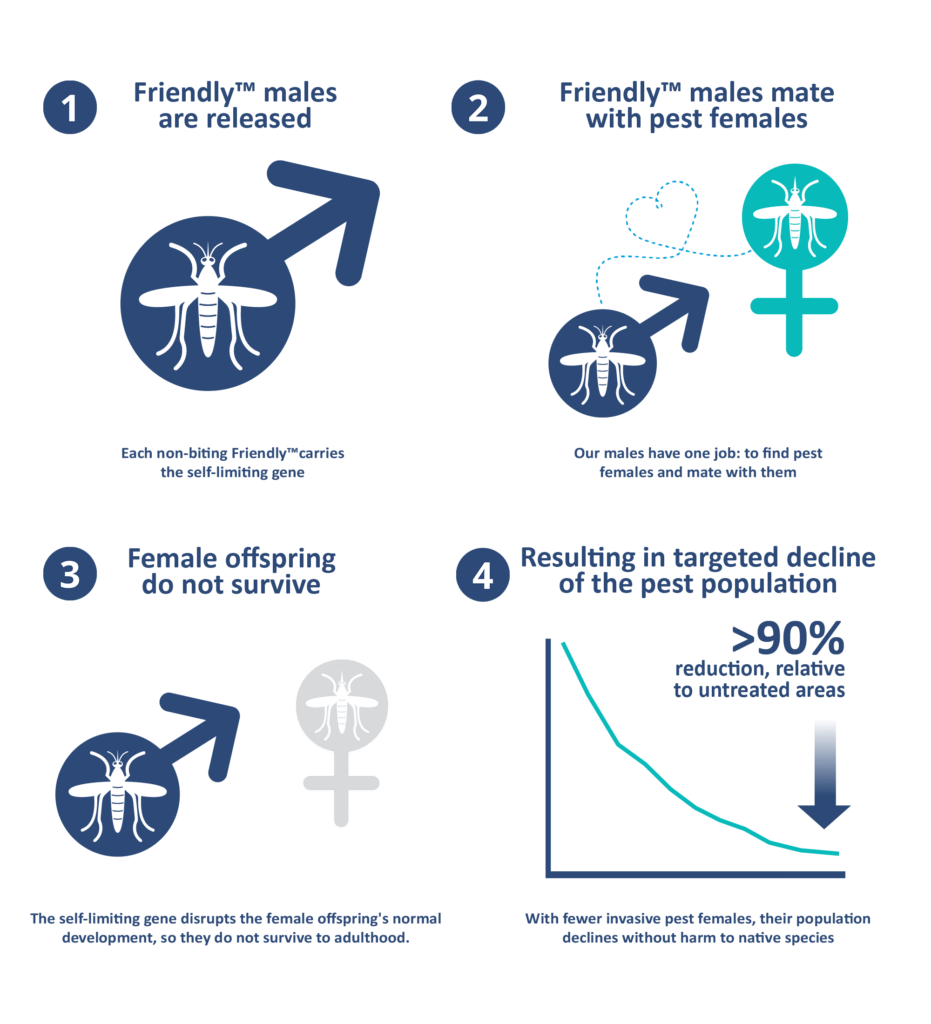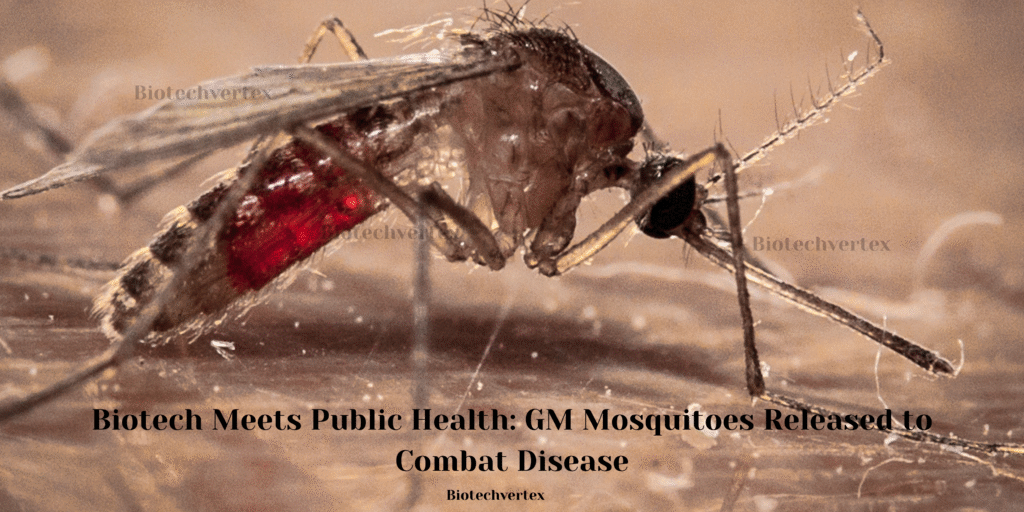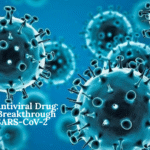As mosquito-borne diseases are rising in the USA, scientists have discovered a way to cope with them. It seems like a science fiction film but it is real. A biotechnology firm “Oxitec” in the US has released approximately 2.4 million genetically engineered mosquitoes into the open air in the United States. It aims to control the wild mosquito population. Scientists hope that in the future, these mosquitoes can be proven as a powerful tool to fight against some viruses.
What to know?
The United States is habitat to about 200 different species of mosquitoes. Among them, one is Aedes aegypti common in almost parts of country. It is responsible for spreading disease like Zika, yellow fever, dengue,and chikungunya with its bite. This species is 4% of total mosquito population which is enough to cause chaos.
It was previously successfully trialed in Brazil, Malaysia, and Panama. It was concluded that there was 90% reduction in wild female population.
Procedure for genetic modification
In the lab, the Aedes aegypti gene is modified and inserted. Then, these Male Aedes aegypti eggs are mass-produced under favorable conditions by carrying two types of genes:
- A gene that limits the ability of female mosquitoes to produce progeny to reach adulthood.
- A fluorescent marker gene emits light when exposed to a particular red light. This makes it possible for scientists to spot GM mosquitoes in the wild.
Male mosquito genes are modified in such way that when they mate with the wild population. Then the modified genes are passed on to offspring. The female offspring die at very early stage (Larva stage). This will bring a drop in wild population and eventually significant decline in disease cases.

This image from www.oxitec.com/en/our-technology, it should be credited as “Image by oxitec.”
The first Pilot trial has been done in some parts of Florida and Texas with release of a billion of mosquito. The Environmental Protection Agency (EPA) approved the release of 2.4 billion mosquitoes in Florida and California’s most vulnerable districts in 2022. This experiment was completed in April 2024.
Conclusion:
Researchers reported that when these matured male genetically modified mosquito mates with female, the resulting eggs were brought lab for further observation. During the observation, it is concluded that among 22000 eggs, only male population survived and reached at adult stage whereas female population dies at larva stage. That means modified lethal gene was functioning.
According to the center for Disease control and prevention (CDC), the best to prevent the disease outbreak is to control disease cause. Disease outbreak can be under controlled if mosquito population is reduced. Less mosquito means less chance of pathogen to spread among human and less chances of outbreak.
Future on tips:
Researchers will track the progress in the field with embedded devices in mosquitoes. The tracking will be on the areas:
- What is the range of GM males
- Their life span
- For how many females can that gene control
For easy recognition of GM males, researchers have modified them with a specialized gene that makes them glow under special frequency red light. Once the EPA approves for analysis, there is a chance that these GM mosquitoes can also be released in other areas of the US. Until there is approval for testing in Texas and Florida.
Affect on human health:
A question must be roaming in everyone’s mind, what if these genetically modified mosquito bites humans? The answer is simple, a big NO. Male mosquitoes can live off of nectar or plant juice instead of blood. due to the fact that males lack the specialized mouth parts (proboscis) needed to penetrate human skin and draw blood.
According to EPA, it is declared as “no risk to people, animals, or the environment”. But WHO has launched some guidelines regarding their release. It is crucial for them to fall them under WHO’safety and ethics.
- Strategy for risk assessment
- An easy way to make the public understand its potential effects
- Regulation from the initial stage to the subsequent stage
- Standards and safety for stages, and mosquito testing


